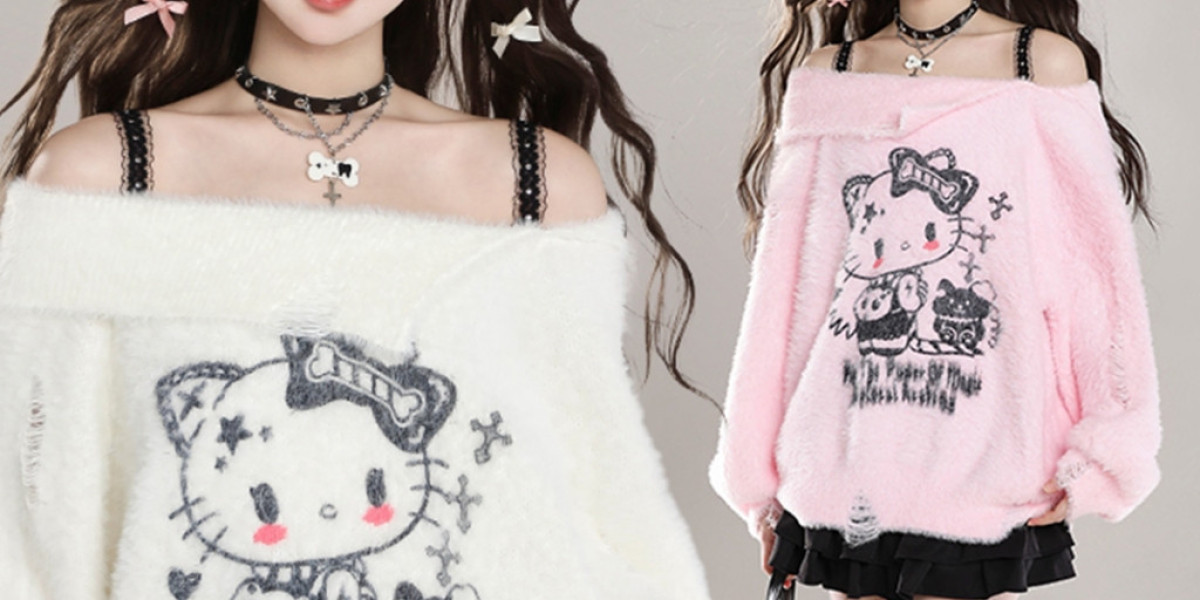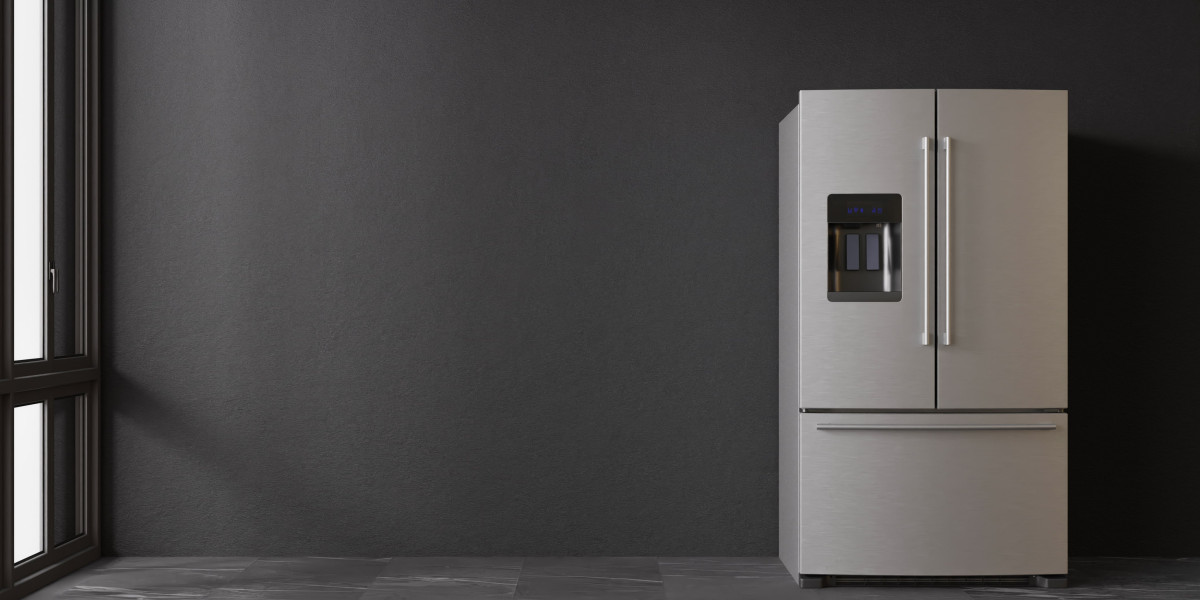Introduction:
In recent years, the pattern of cute kawaii outfits (https://Intermittentfastlife.com/) has gained recognition amongst individuals of all ages. From its origins in Japanese tradition to its international influence, this style has captivated style enthusiasts worldwide. This article goals to delve into the scientific aspects behind the attraction of kawaii outfits, exploring the psychology, aesthetics, and cultural significance of this style pattern.
The Psychology of Cute:
The idea of cuteness, or kawaii in Japanese, has long been associated with attributes similar to innocence, helplessness, and vulnerability. From a psychological perspective, the human brain is wired to respond positively to stimuli that elicit emotions of affection and protection. When individuals put on kawaii outfits, they tap into this innate response, triggering a sense of warmth and happiness in both themselves and those round them.
Analysis has proven that exposure to cute images or objects can activate the brain's pleasure centers, releasing dopamine and oxytocin, usually referred to as the "love hormone." This neurobiological response contributes to the addictive nature of kawaii trend, as people crave the constructive feelings related to cuteness.
Aesthetics of Kawaii Outfits:
Kawaii outfits are characterized by their playful and whimsical designs, that includes parts comparable to pastel colours, oversized bows, and adorable animal motifs. These visible cues evoke a sense of nostalgia for childhood innocence, creating a sense of comfort and joy for the wearer.
The aesthetics of kawaii outfits also play a task in self-expression and identification formation. By choosing to put on clothes that reflects their persona and interests, people can convey a sense of individuality and authenticity. This form of self-expression can increase self-esteem and confidence, as people really feel empowered to embrace their distinctive fashion.
Furthermore, the aesthetic attraction of kawaii outfits extends past private expression to social interactions. Research has shown that people who wear cute clothes are perceived as extra approachable and friendly, resulting in elevated social connections and optimistic relationships. Through the use of vogue as a tool for communication, people can foster a way of belonging and neighborhood among like-minded people.
Cultural Significance of Kawaii Vogue:
The origins of kawaii style can be traced back to Japan, where the idea of cuteness permeates varied elements of society, from leisure to shopper items. The recognition of characters similar to Whats up Kitty and Pikachu has contributed to the global spread of kawaii culture, influencing vogue developments around the globe.
In Japan, kawaii vogue is more than simply a mode choice; it's a form of rebellion towards societal norms and expectations. By embracing cuteness as a form of self-expression, people can problem traditional gender roles and societal pressures to conform to a certain preferrred of beauty.
The cultural significance of kawaii fashion lies in its means to advertise inclusivity and acceptance of various identities. By celebrating cuteness in all its forms, people can create a sense of unity and solidarity, transcending linguistic and cultural barriers.
Conclusion:
In conclusion, the rise of cute kawaii outfits represents a fusion of aesthetics, psychology, and cultural significance. By tapping into the common enchantment of cuteness, people can experience feelings of joy, self-expression, and social connection. As this trend pattern continues to evolve and broaden, it is clear that the allure of kawaii outfits will endure, captivating style fanatics for years to return.








